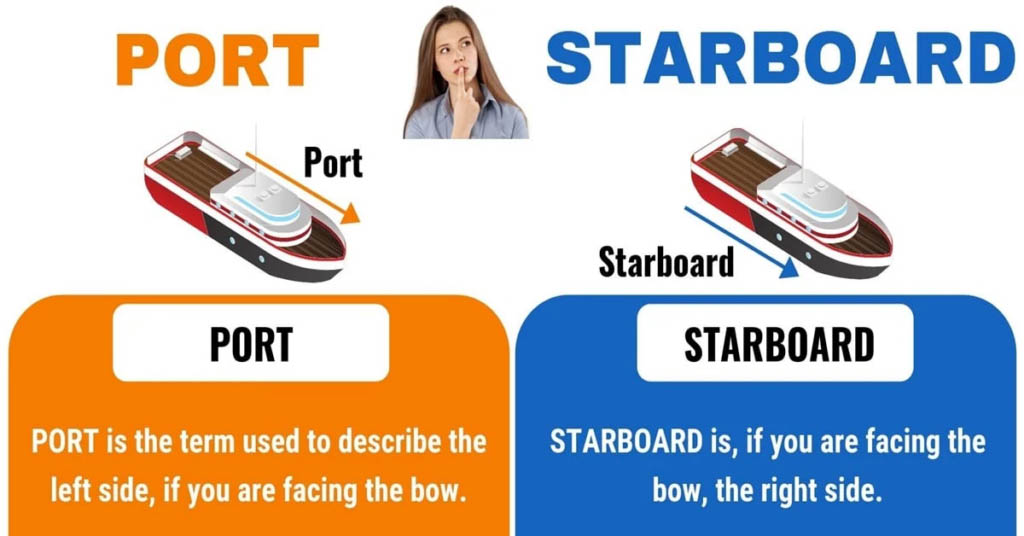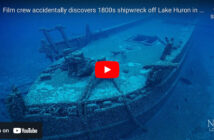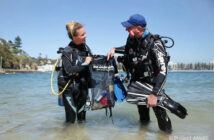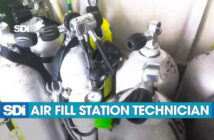When on board and facing the bow (front), port and starboard, which are nautical terms for ships, planes, and spacecraft, respectively refer to the left and right sides of the vessel.
Left and right halves of vessels with bilateral symmetry are mirror images of one another. One asymmetrical characteristic is that, whenever a boat, ship, or aircraft has side access, it usually only has port side access (hence the name).
Unambiguously, the terms “port” and “starboard” refer to the vessel’s left and right sides, not the observer. In other words, regardless of which direction the observer is facing, the port side of the vessel always refers to the same area of the vessel’s structure.
When a vehicle is moving, the port side is the side that is facing the direction the vehicle is travelling to the left of an observer aboard the vehicle who is facing the bow. As a result, the starboard side is to the observer’s right.
This custom enables clear communication of instructions and information without the need to ascertain the direction that each crew member is facing.
The word “starboard” comes from the Old English word “steorbord,” which refers to the side of the ship that is being steered. Due to the majority of people being right-handed, ships were steered with a steering oar at the stern and on the right side of the ship before having rudders on their centerlines. The German Steuerbord, Dutch stuurboord, and Swedish styrbord all share the same “steer-board” etymology; they were the ancestors of the French tribord, Italian tribordo, Catalan estribord, Portuguese estibordo, Spanish estribor, and Estonian tüürpoord.
The boat would tie up at the wharf on the opposite side because the steering oar was on the right side. Thus, the left side was given the name port. According to the Oxford English Dictionary, this usage of port dates back to 1543.
Port was frequently replaced in the past by larboard. This comes from the Middle English word ladebord, which is related to the modern word load. Because larboard and starboard have similar pronunciations, the Royal Navy mandated that port’s use in 1844. In 1846, the US Navy adopted a similar strategy. Whalers continued to use larboard well into the 1850s. The left side of the ship (a Mississippi River steamboat) was referred to as larboard during Mark Twain’s time on the river, which was between 1857 and 1861, in chapter 12 of Life on the Mississippi (1883). In the chapter “Fit the Second” of The Hunting of the Snark (1876), Lewis Carroll rhymed larboard and starboard.
The term “baecbord” (Latin for “back-board”) was used in an Anglo-Saxon account of a voyage by Ohthere of Hlogaland to describe the left side of a ship. The person operating the steering rudder had his back to the bagbord (Norwegian for portside) side of the ship because it was on the starboard side. German Backbord, Dutch and Afrikaans bakboord, Swedish babord, Spanish babor, Portuguese bombordo, Italian babordo, French bâbord, and Estonian pakpoord are all words for “port side” in other European languages that share the same root.
The International Regulations for Preventing Collisions at Sea, a navigational treaty convention, sets forth requirements for maritime vessels to avoid collisions, whether by sail or powered, and whether a vessel is overtaking, approaching head-on, or crossing. For example, these requirements are found in the UK’s Merchant Shipping (Distress Signals and Prevention of Collisions) Regulations 1996 (and comparable US documents from the US Coast Guard): 11-12 The terms starboard and port are crucial for defining these navigational rules, and each vessel’s two sides are identified by navigation lights from dusk to dawn with the starboard side being green and the port side being red to assist with on-the-spot decision-making. Similar lighting is used on aircraft.









